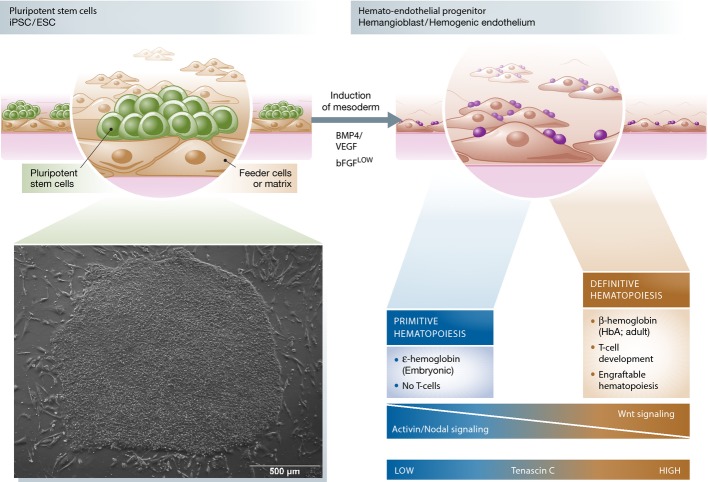Figure 2. Primitive and definitive hematopoietic development in vitro.
Hematopoietic specification from pluripotent stem cells in vitro is primarily driven by the formation of mesodermal cells, which later gives rise to different hematopoietic cells by a hemato-endothelial progenitor. At this stage, hematopoietic differentiation in vitro can in principle generate cells of primitive or definitive hematopoiesis, which can be differentiated using specific experimental setups. Hematopoietic progenitor cells, which emerge during the differentiation process and are able to (i) give rise to erythroid cells that express adult hemoglobin (HbA or β-hemoglobin), (ii) give rise to T-lymphoid cells when cultured on NOTCH-delta ligand 1/4 (DL1 or DL4)-expressing OP9 cells, or (iii) multilineage reconstitute immunocompromised mice, are defined as cells derived from a definitive hematopoietic program. In contrast, hematopoietic progenitor cells that are not capable of fulfilling these criteria are defined as cells derived from primitive hematopoiesis. Although both programs can occur in vitro, defined signaling pathways such as Wnt, Activin/Nodal, or extracellular stimuli such as tenascin C have been proven to direct the hematopoietic program toward definitive or primitive hematopoiesis.

